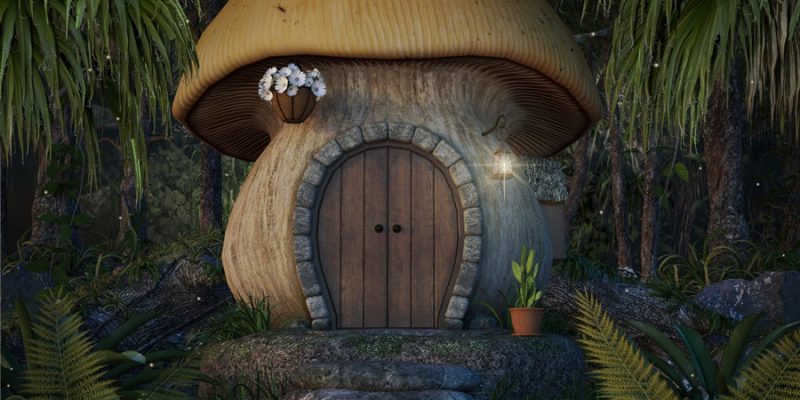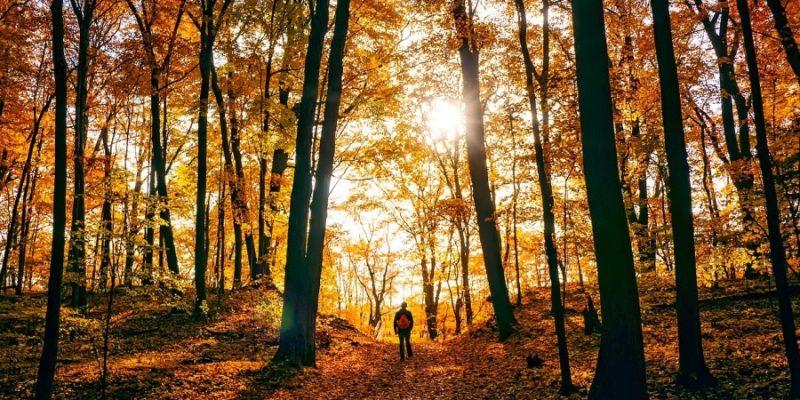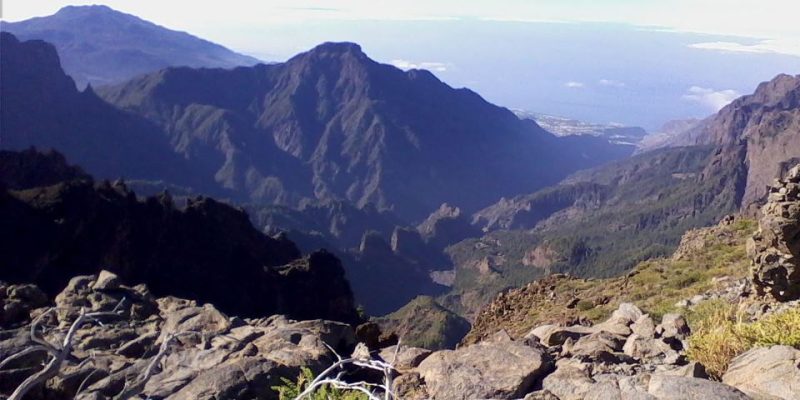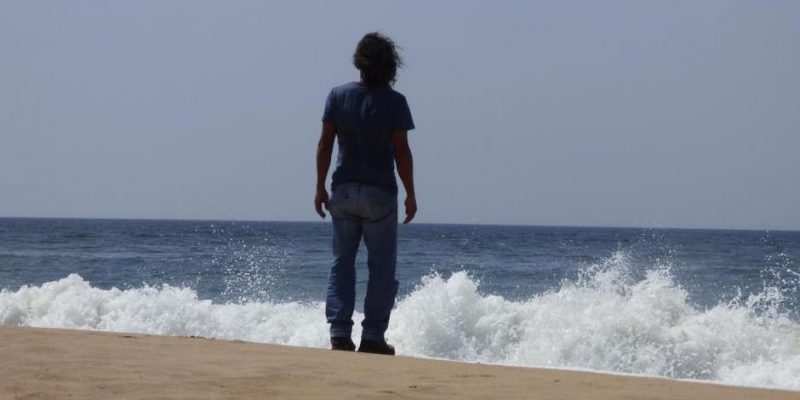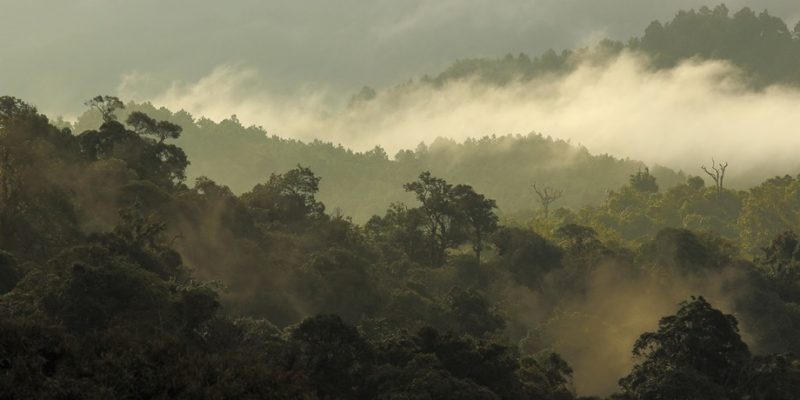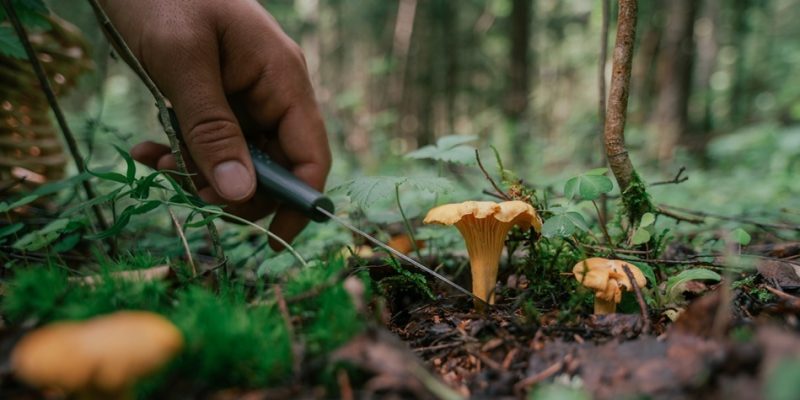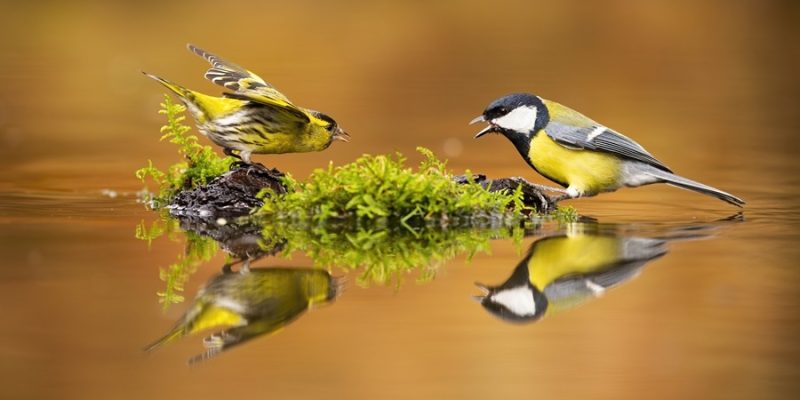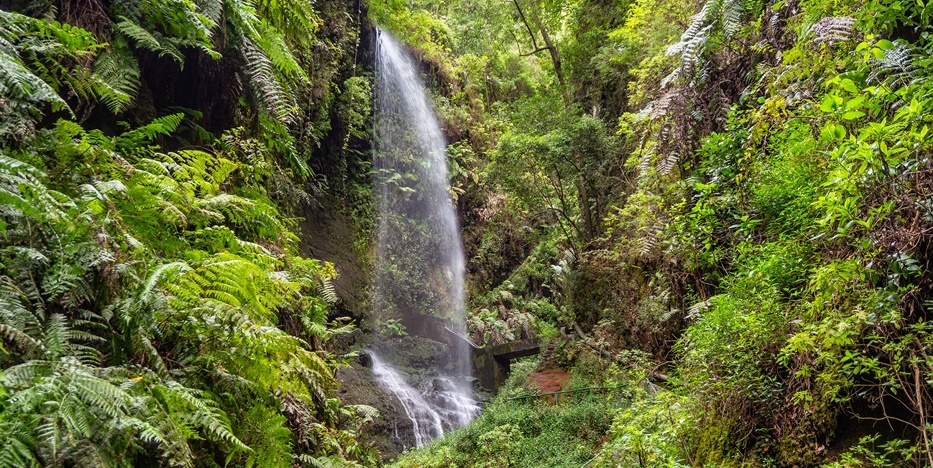
I don’t know very much about agriculture, but on La Palma (one of the Canary Islands) it’s a trait one can’t oversee. The abundance of fruit-bearing trees and plants, vegetables, crops, well — it’s simply amazing. It’s not only that there’s a lot of it — everywhere — it’s above all the colossal amount of production the plants and trees are capable of. It’s mind-boggling.
When you walk around the island, you experience how paradise must have been: left and right, up and down at hand, one can pick the fruits and reap the vegetables. There’s so much that quite a big part of the production is simply left untouched and rots away.
It do makes you wonder about so many other places on our planet where people sometimes starve to death. This island alone could feed millions. Easily. But that of course is another story.
Agriculture and Fresh Water Management
Anyway, due to La Palma’s mild climate, with her sunny, dry island side, and a cloudy, humid other side, combined with tremendous height differences (mountains up to 2,450 meters) and its abundance of micro-climates, almost everything grows here.

From potatoes to oranges, from mangoes to avocados, banana trees, grapes, prunes, apples, pears, peaches, cherries, almonds, olives, broccoli, spinach, green beans, salad and strawberries — the list doesn’t stop. I think the only thing I didn’t see are coconut trees.
Sure, La Palma is a volcanic island, and yes, very, very fertile. Of course, not all volcanic soils are fertile, but as fertile as they can be, and are here, one always needs plenty of water to do some worthwhile agricultural farming. Luckily enough, La Palma has water of its own, lots of it, although almost exclusively on the North-East side of the island.
Nevertheless, it’s not so much the rains that supply water (although it does rain in certain seasons), but the clouds blocked by the half-moon shaped mountains, through which the specialized and endemic evergreen trees “suck up” the water directly out of the sky and “leak away” the surplus into the soil. It’s called cloud-milking, a phenomenon highly essential for La Palma’s water supply.
That creates reserves of water in the heart of the mountains, and theoretically also cascades and rivers running into the many ravines. But today, nearly all of the water is captured into manmade underground mountain canals, aqueducts, and tubes, and a huge total of that is re-directed to the dry and sunny west-side of the island.
So there we have it: the west-side — extremely dry and sunny, with fertile volcanic soil — and artificially supplied with tons of water. The perfect conditions for agriculture.
Banana Island
Apart from the ever-present potatoes (mostly for local consumption), too big a part of this sun-bashed side of the island is used for banana plantations (although there are huge plantations on the east-side also). These banana-fields are vast spaces of mono-culture, subsidized by Europe, because Europe desperately needs to grow its own bananas, and moreover — the Palmeros (name for the inhabitants of La Palma) need work.
Of course, the danger of mono-cultures is ravaging disease, which can eliminate a total year’s harvest. It’s why especially on banana plantations lots of chemicals (anti-parasites, insecticides, and pesticides) were and are still used.
Well, to be clear — it’s not organic agriculture that flourishes on La Palma. Au contraire. And as agriculture is so omnipresent (apart from the natural parks where one is not allowed to build and live), one can almost not avoid living in the midst of all that.
To cleanse La Palma’s soil would take many, many years of deliberate effort. With regard to this, it’s a public secret that the cancer rates are higher than Spain’s national statistics, and precisely there where we can find the biggest intensity of banana farming.
Another consequence is the huge amounts of water necessary to grow bananas. You see — banana trees are originally tropical, and not for nothing. Apart from plenty of sun, the tropics have a lot of rain naturally. So here on La Palma extreme volumes of water need to go to banana farms.
Water Distribution
The way water is distributed is another marvel. In La Palma you can actually buy water-rights. It’s big business. And La Palma even has it’s own so-called water-mafia, although that’s also another story.
Your water-rights give you a certain time interval (depending on your quantity of rights) to daily drain water out of one of the many water pipes. The astonishing thing is that the excess of water is just pumped into the sea or on the rocks (that is, the tanks are full and the water needs to go somewhere). This waste of fresh water is a heartbreaking sight.
This makes you reflect on the fact that almost all original rivers, creeks, and cascades on the island are dried up. What once must have been a idyllic, paradisiacal island with many streams and rivers running here and there, is now a big rock with dry ravines filled with dust and rolling stones, changed biodynamics and diminished diversity.
The Green Pearl
Still — La Palma seems very lush and green. Probably even more then it did in the past. For one part that’s due to evergreen “catch-the clouds” pine and Laurisilva trees, but most of it (on the west-side) is because of the artificial, channeled watering of gardens, farms, and plantations.
It’s a fake green, a picture perfect postcard green, and looking closer one sees and feels how dry the island really is. In fact, today, apart from the Caldera de Taburiente National Park and the North-East side of the island (notably in Los Tilos), nowhere on La Palma one sees fresh water running freely. Only closed concrete channels, pipes, pipes, and pipes, and big water-tanks with reserves.
Sure, the idea of water, her look and feel, is in a way furnished by the omnipresent sea. But that doesn’t really count, does it? It’s a strange paradox that La Palma “La Isla Bonita,” the green pearl, is today such a dry pearl, a visually waterless beauty, which makes a sensitive person just terribly thirsty.
Receive occasional news about our new eBook and Video Workshop publications.






